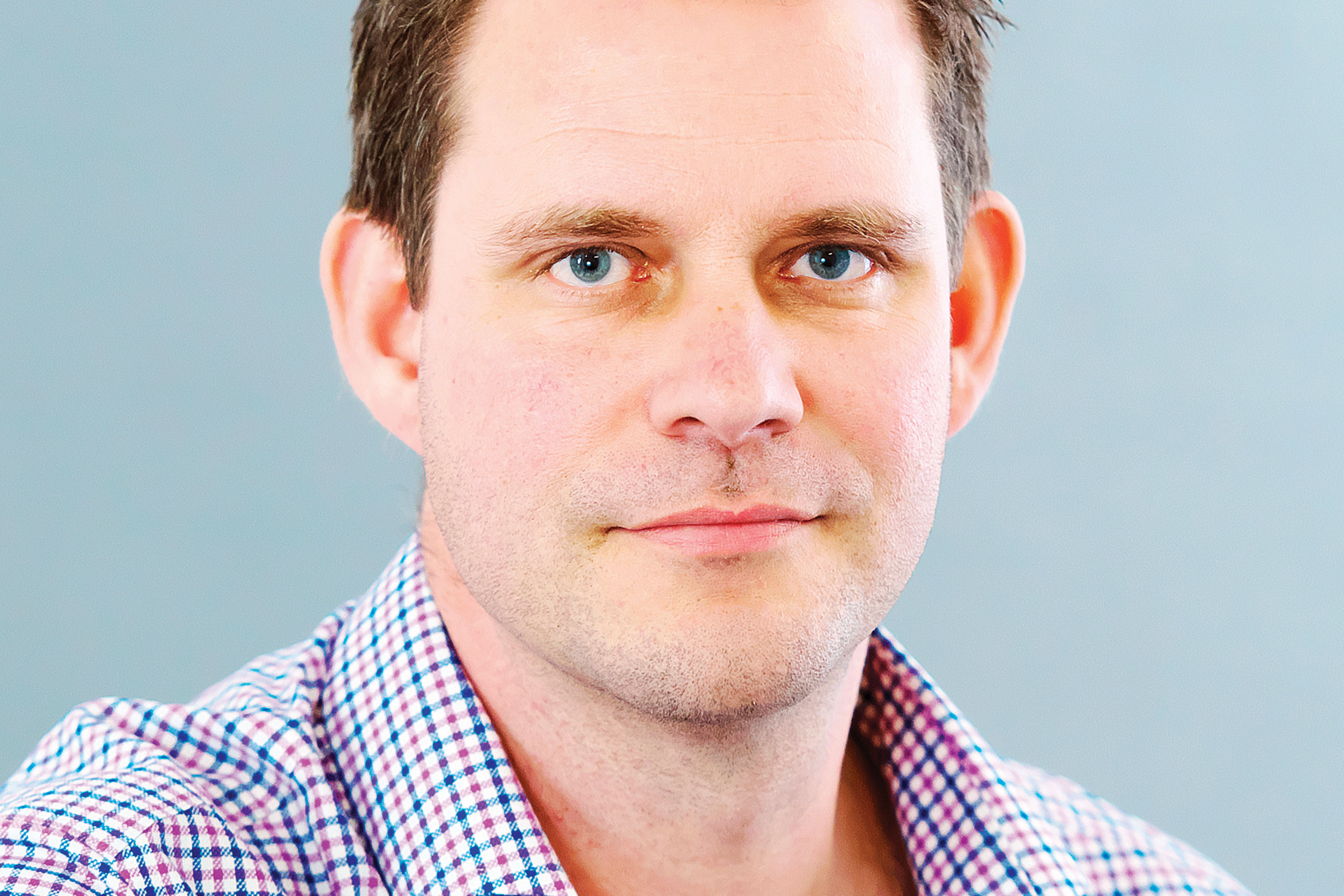
Focus On May 2016 SUO
The premise of coaching is that the person being coached is resourceful and knows what is best for them. This puts the patient firmly in the driving seat, while we ensure that they have all the relevant information to make the best decisions they can, for themselves. I developed these skills working in pain management.
The limited medical options for patients with persistent pain mean that the best I can do is to support them to find their own ability to respond to their long-term condition. These skills are transferable to other areas in medicine and more latterly I have been using them as a professional life-coach.
Of course, many of us have been using coaching skills without knowing and sometimes haphazardly getting good results. In the context of a 10-minute consultation there are constraints, but it should be remembered that the journey towards behaviour change does not need to start and finish in one session.
There are some easy ways to ensure that patients can start to take control of their own health.

Dr Tim Williams 3×2
1. Choose the patient
Coaching is especially useful for long-term conditions where the best outcomes rely on patient engagement and self-management. If the NHS is to survive, we need to start acknowledging that patients have something quite substantial to contribute and should take responsibility for their long-term health conditions as much as they are able.
There are, of course, times to be directive, such as in emergency or life-threatening situations. Not all patients want coaching and indeed some are not able or well enough to be resourceful. In particular, in severe depression or anxiety, focusing on goals is unrealistic. Counselling and CBT, with or without medication, may be more appropriate, at least in the first instance.
2. Listen
Coaching for behaviour change is, above all else, about listening. Listening in order to respond is what most of us do day to day – waiting for a suitable gap to share our thinking. But listening in coaching is the giving of such attention that we ignite the patient’s own thinking to develop their own brilliant solutions.
3. Identify obstacles and barriers to change
With your expert attention, listen out for the barriers that prevent someone moving forward, for example by asking: ‘What might prevent you from making this change?’ These are often beliefs a person holds about their identity or capability or about how the world works. A smoker who wants to stop may say ’I am weak-willed’ or ‘everyone finds it hard to stop smoking’. In the context of good rapport, one can gently challenge these beliefs, allowing a new set of possibilities.
4. Set goals
Goal-setting is an essential coaching skill and forms an important part of the person-centred care-planning template we use in Sheffield. Interestingly, people are often very clear about what they don’t want – being overweight, depressed, anxious, but can be less sure what they do want. Encouraging someone to focus on what they really want and making it really positive, specific, within their control and realistic is the key. Vague, negative goals that depend on outside factors are not motivating and can lead to a feeling of powerlessness and frustration.
For example, a goal could be: ‘By stopping smoking, I will save enough money to see my child graduate’. The patient’s goal is then followed up by the healthcare professional after a predefined interval to track progress.
5. Ask questions
It is sometimes necessary to ask questions to allow people’s thinking to go further. I have found a set of questions to be particularly helpful and they form part of the STOPIT.DOIT coaching model. For example, ask a patient who wants to stop smoking:
- What are the Signs that you need to make a change?
- What would someone you trust Tell you about this change?
- What is the Outcome you want specifically?
- What might Prevent you from making this change?
- What Ideas do you have to achieve this change?
- At what Time will you make a start?
- This model can be used by patients to coach themselves, or with a healthcare professional
Dr Tim Williams is a GP in Sheffield, part of the NHS Sheffield CCG support team for person-centred care, professional life-coach (Purposeful-Professionals), community pain specialist. He is author of the book Don’t ‘Just’ STOPIT.DOIT. For information, visit purposeful-professionals.co.uk
Pulse July survey
Take our July 2025 survey to potentially win £1.000 worth of tokens












